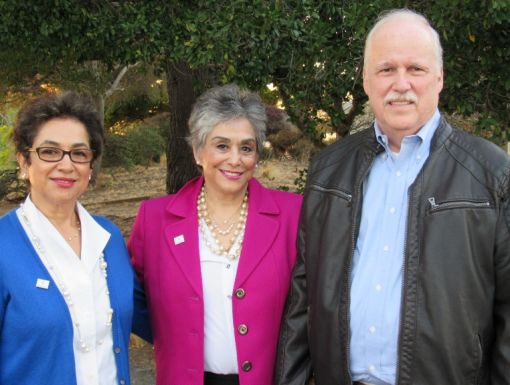
Eight Things to Know about a Split Liver Transplant
For the past 30 years, split liver transplants have saved many lives, especially children with advanced liver disease. This procedure involves splitting a whole liver from a deceased donor and using each part of the liver to save two patients’ lives. Here are eight things to know about this amazing procedure.
1. How does a split liver transplant work?
Transplant surgeons take an adult donor’s liver and decide if it can be split safely. They also check to see if a portion of the liver is suitable for each of the potential transplant recipients. Through a highly complex operation involving multiple surgeons, the liver is split it into two separate segments.. Most commonly the split liver is shared between an adult and pediatric recipient, with the child getting the smaller piece. The adult recipient receives the right lobe of the liver (about 60% to 70%) and the pediatric recipient receives the left lobe (about 30% to 40%).
2. Why would a child need a liver transplant?
There are many reasons for children to need a liver transplant, and fortunately, all are relatively rare. The most common reason is biliary atresia, a disease of the liver and bile ducts that occurs in pediatric patients. This happens when the bile ducts do not form normally and bile flow from the liver to the gallbladder is congested. This will cause the bile to be trapped inside the liver, which damages liver cells, resulting in liver failure. Other reasons include infections, adverse reactions to medications, autoimmune disease and rare metabolic disorders.
3. Why is the wait for a child longer than that of an adult?
Most of the transplants performed in the United States are from deceased donors. A vast majority of deceased organ donors are adults, and the livers are too big to be used in children. Split liver transplantation allows some of these livers to be used in children, but it can only be performed in select, healthy donors.
4. The liver is a regenerative organ
The liver can re-grow and expand its volume by making new cells. Ultimately the size of the liver after regrowth can be up to 80% to 90% of a normal liver volume. A person can survive normally with only 30% of their liver. Even if the liver didn’t grow, the liver would function normally. This regeneration is what allows transplant surgeons to split one liver into two sections. This will also help the pediatric patient because as they grow, so will their new liver.
5. Split liver transplant saves two lives
Split liver transplants are remarkable procedures because they have the potential to save two lives by using one liver. This is especially important for children who are waiting on a liver transplant since the wait time is often longer than for adult patients. A child also has a better chance surviving on the smaller lobe of the liver than waiting for a whole liver that is the right size for their body.
6. How long does it take each patient to recover from this procedure?
The recovery of the patient depends on many variables, primarily on how sick the patient is going into transplant. The recovery of a split liver recipient is no different from a whole liver. The average length of hospital stay is five to seven days for adults and pediatric patients
7. What special precautions should these patients take, and what are long-term prospects?
There are no additional precautions for split liver recipients. The long-term survival of split liver transplant recipients is the same as for patients who received a whole liver.
8. How common is this procedure?
Approximately half of the liver transplants for children under the age of 8 are split liver transplants. Split liver transplant represents a much smaller proportion of adult liver transplants where whole liver deceased donors are more widely available.
To learn how you can save up to nine lives, please visit: https://www.ochsner.org/save9



